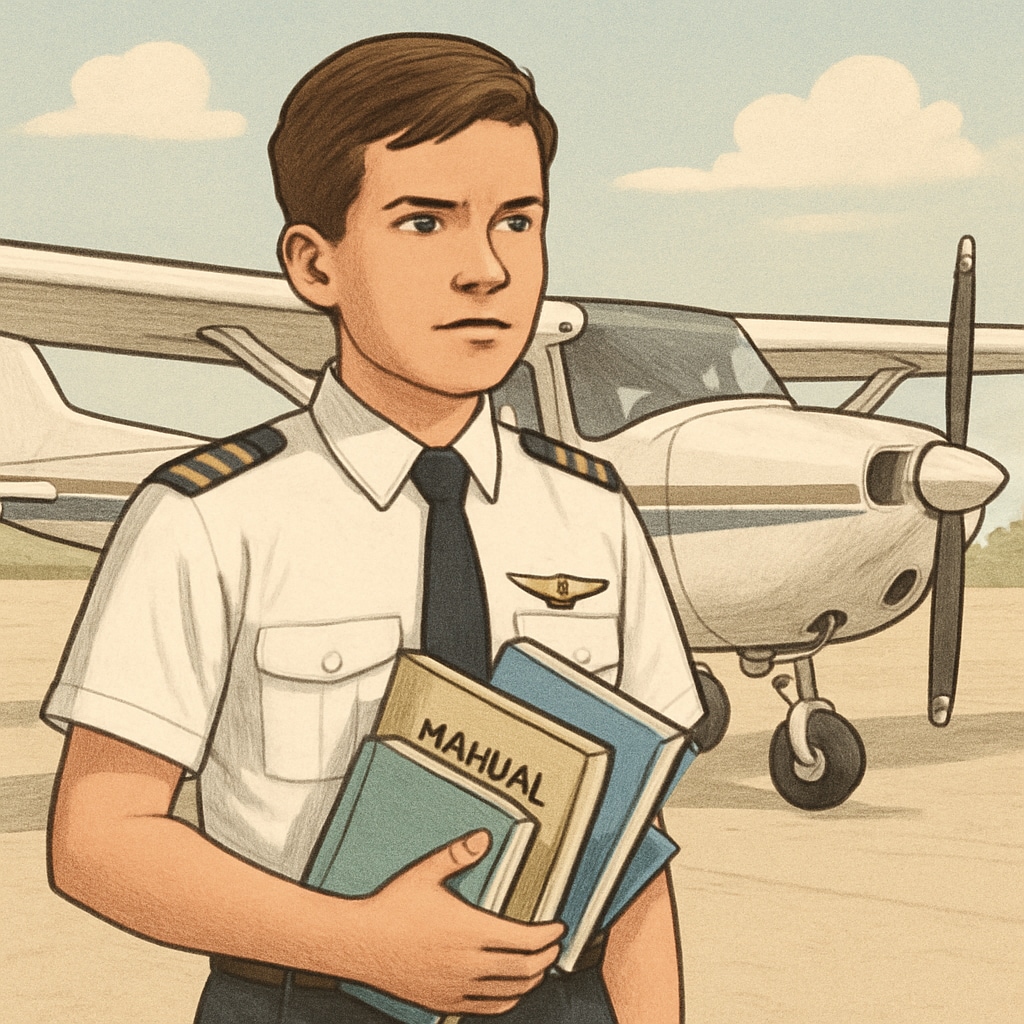Acquiring a Commercial Pilot License (CPL) is a dream for many aspiring aviators, yet the financial demands of training often pose significant barriers. By embedding aviation concepts into K12 education and providing funding pathways, schools and communities can nurture students’ passion for flying while creating actionable plans for CPL training sponsorship. In this article, we delve into how aviation can become an essential part of early education, fostering career ambitions and paving the way for future pilots.
Integrating Aviation Concepts into K12 Education
Introducing aviation-related topics during K12 education can be transformative for students interested in flying careers. Schools can integrate aviation into STEM (Science, Technology, Engineering, and Mathematics) programs, offering students an interdisciplinary approach to understanding aerodynamics, navigation, and aircraft mechanics. For example, classroom activities can include building model airplanes, simulating flight paths, or even virtual reality pilot experiences.
Additionally, partnering with local aviation organizations or industry professionals can provide hands-on workshops and mentorship opportunities. These initiatives not only build technical skills but also inspire confidence and curiosity about aviation as a career choice. As a result, students are better prepared to envision a tangible pathway toward earning their CPL.

Overcoming Financial Challenges: Funding Solutions for CPL Training
The cost of earning a CPL can range from $50,000 to $100,000, depending on the flight school and training program. For many families, this financial burden can seem insurmountable. To address this, schools and organizations must focus on providing funding solutions for aspiring pilots. Scholarships, sponsorship programs, and government grants can all play pivotal roles in reducing costs.
For instance, airlines often offer sponsorship programs or partnerships with flight schools to help fund CPL training for promising candidates. Similarly, aviation foundations and nonprofit organizations may provide targeted scholarships for students who demonstrate strong academic performance and a deep passion for flying.
In addition, crowdfunding platforms have emerged as a creative way for students to raise funds for their CPL training. By sharing their aspirations and journey with their community, students can gain financial and emotional support to advance their pilot careers.

Fostering Career Awareness and Early Planning
Career awareness is crucial for students interested in aviation. Schools can incorporate career planning workshops to educate students about the requirements and steps involved in becoming a pilot. These workshops can include guest speakers from the aviation industry, career fairs featuring flight schools, and informational resources about CPL training programs.
In addition, introducing students to related fields such as air traffic control, aircraft maintenance, or aerospace engineering can broaden their understanding of the aviation industry. By cultivating a holistic perspective on aviation careers, students can make informed decisions about their future paths and explore funding options more effectively.
As a result, early awareness and planning empower students to approach their CPL training with clarity, confidence, and determination.
The Role of Community in Supporting Aspiring Pilots
Communities play a vital role in nurturing the next generation of pilots. Local businesses, aviation clubs, and educational institutions can collaborate to provide resources, mentorship, and financial support for students pursuing CPL training. For example, hosting aviation-themed events, such as air shows or flight demonstrations, can engage the public and generate funds for sponsorship programs.
Moreover, establishing aviation-focused clubs in schools can create peer networks where students share knowledge, resources, and encouragement. These clubs can serve as platforms for students to connect with industry professionals and explore opportunities for funding and career development.
By working together, communities can inspire and empower aspiring pilots to achieve their goals and contribute to the future of aviation.
Readability guidance: Use concise paragraphs and bullet points to summarize key ideas. Ensure transitions between sections are seamless, and maintain clarity by avoiding jargon. Incorporate examples and actionable insights for practical applications.


